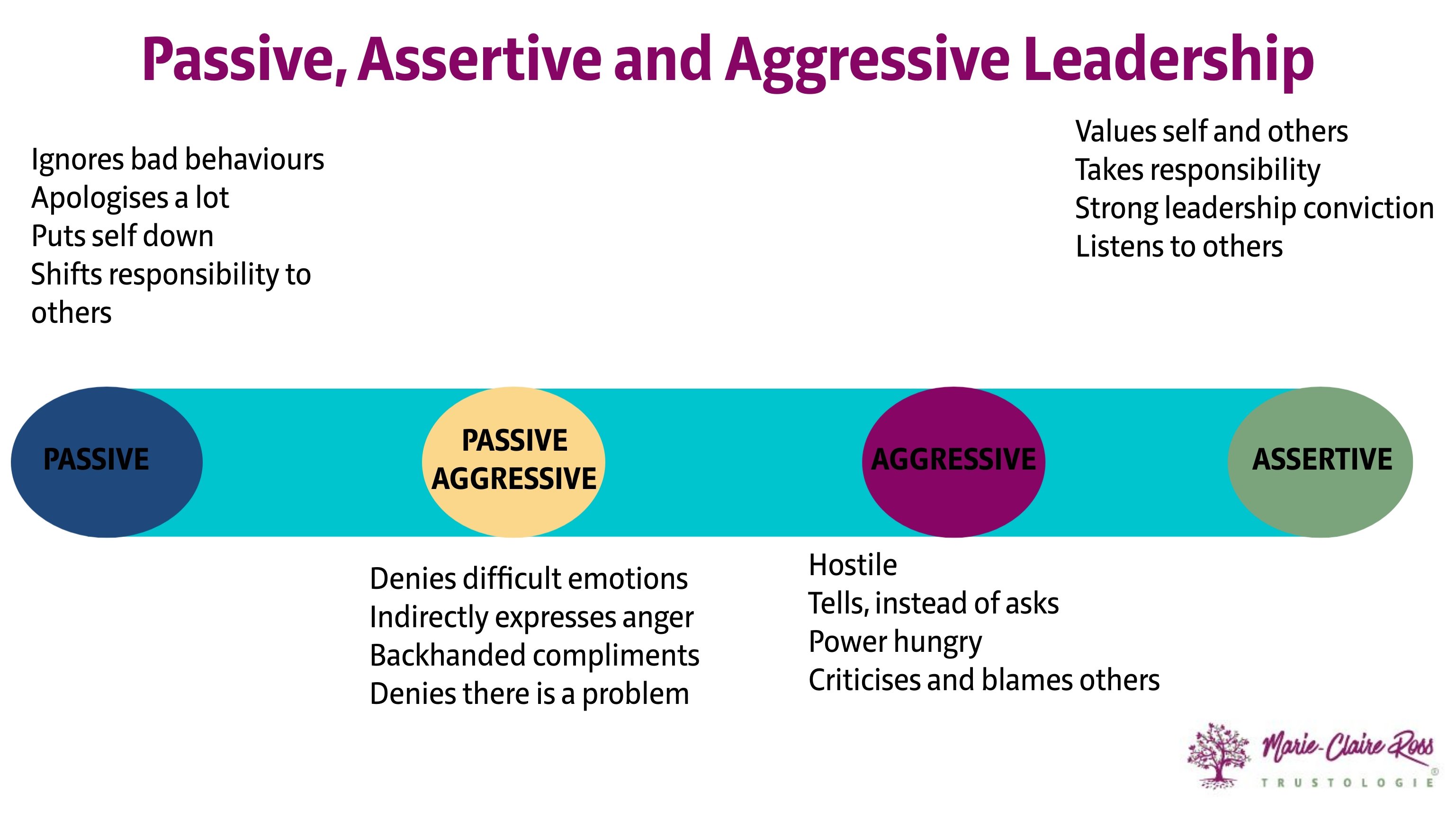In my Integrated Trust Building System, that gets unpacked in the book, Trusted to Thrive, at the intersection between connection and meaningful future, we have ...
The Cost of Poor Leadership (and Lice)
Talk to anyone who works in a company and pretty soon you will be regaled with examples of poor leadership behaviours. Whether it’s the funny story about the leader that hoards information or the one about the employee who finds out they have a new line manager to report to when they fill in a leave application, examples of poor leadership are about as common as lice on primary school children. And just as frustrating to eradicate (lice that is, not children).
Few companies truly understand how much poor leadership costs them. While CEOs and executives understand the importance of effective leadership, improving it often lacks urgency because it can be difficult to quantify the cost. After all, leadership is very broad and covers a range of activities and behaviours.
Boards and CEOs can be fooled into thinking that their leadership performance is good enough. But is it really? Research by The Ken Blanchard Companies found that the average company operates today with a 5-10% productivity “drag” from less than ideal leadership practices. This means companies are forfeiting on average over $1 million a year in untapped potential.
Zenger Folkman research uncovered similar findings that a poor leader loses $1 million a year or breaks even. While an excellent leader doubles profits or increases them by 20%. These variances may seem a little extreme but result in the same conclusion that great leaders create more economic value compared to poor leaders who have a tendency to destroy it.
When leaders lack the ability to inspire and support others to do their best work, it deeply impacts organisational culture, productivity, and financial performance.
Let’s take a deeper look at the three biggest costs of poor leadership.
1. Poor employee engagement
According to a multitude of studies, trust between a manager and employee is the most important predictor in employee engagement. While it is true that trust between an employee and the organisation is important as well, the relationship between a boss and direct report is critical.
What people want more than anything from their manager is someone who cares about them. In order words, a leader who sees them as a human being, not a tool of productivity. A leader that removes roadblocks and obstacles to support them in doing a great job, as well as sharing an inspiring vision. And a leader who provides all the resources required whether that’s training, new equipment or constructive feedback.
If people don’t feel supported, valued or appreciated in their job role, it’s only a matter of time before disengagement kicks in. According to Gallup, disengagement is someone “unhappy and unproductive at work and liable to spread negativity to coworkers.”
Gallup also found that an actively disengaged employee costs their organization $3,400 for every $10,000 of salary or 34%. In other words, if you have an employee on a $70,000 salary, they cost $23,800 per year. Altogether, disengaged employees cost Australian and New Zealand businesses $70 billion a year in lost productivity.
But frighteningly, employee disengagement is as contagious as lice and sucks the life out of people. Spreading from one person to another and causing loads of frustration and irritable behaviours.
2. Higher staff turnover
The number one reason why employees quit is that they don’t trust their manager. Not because they don’t like their job. According to a Gallup survey, 75% of employees left their jobs voluntarily because of their bosses and not the position itself.
Employee turnover costs vary wildly because they cover a variety of direct and indirect costs – including the cost of covering the position while vacant, recruitment fees, the cost of finding a replacement and onboarding.
According to research from the Blanchard Company, less-than-optimal leadership practices cost the typical organisation an amount equal to as much as 7% of their total annual sales.
A good rule of thumb from multiple sources breaks down turnover costs by employee level. After all, the more experienced a worker, the more critical they are to the company. Replacement costs per employee level are:
- Entry-level employees cost 30 to 50 percent of their annual salary.
- Middle-level employees cost 150 percent of their annual salary.
- Specialised or high-level employees cost up to 400 percent of their annual salary.
3. Poor Customer Satisfaction
It doesn’t take a rocket scientist to work out that when employees feel that their boss and the company they work for cares about them, then they extend that care and attention to customers. The result is better customer satisfaction.
According to the American Customer Satisfaction Index, best-in-class customer service providers typically achieve customer satisfaction ratings of approximately 85%, while average providers score closer to 75%. On average, the gap between average and exceptional satisfaction levels translates into a 3.8% reduction in revenue growth. The outcome is hundreds of thousands of dollars of potential revenue loss for any companies generating $10 million+ annual revenue.
While the Ken Blanchard Group, found that great leadership generates a 3%-4% improvement in customer satisfaction scores which corresponds to a 1.5% increase in revenue growth.
Taking Action on Poor Leadership
Poor leadership practices cost companies millions of dollars each year, as well as reducing opportunities to increase revenue by negatively impacting employee engagement, staff turnover, and customer satisfaction.
While I could continue to list more research studies that demonstrate the cost of poor leadership the reality is CEOs and boards can no longer leave it on the backburner. After all, the banking Royal Commission has highlighted some serious flaws with Australian leadership that means ignoring poor conduct and cultural issues are no longer tolerated by consumers nor employees.
Dig even further and the importance of leadership development becomes more critical. According to the Study of Australian Leadership, more than 40% of Australian organisations miss performance targets for ROI & profitability. Not only that, but their research found that current leadership development practices are ambiguous in their payoffs for workplace performance and employee engagement. Their recommendation? To avoid doing ‘more of the same’ leadership development training.
This is backed up by research by Bersin for Deloitte. Their research found that companies fail in leadership development because they rely exclusively on leadership programs. The most effective firms tended to build leadership growth into their very DNA by putting systems, processes, cultures, and practices in place that support leaders in their daily development.
Just like not all lice treatments do what they claim – so too with off-the-shelf or misaligned in-house leadership programs. Sooner or later you have to do the hard yards and design a leadership program from the ground up that consults with employees and takes into account your unique business model and culture.
Otherwise, it’s like throwing a bottle of fragrant eucalyptus liquid on your child’s head and hoping that will clear up the issue. When the reality is you need to spend the time painstakingly weeding out poor training practices and leadership behaviours just like you manually comb out lice eggs with a wire comb. Then, once you have clarity on what’s working and what’s not, you can customise the right training practices. According to Bersin by Deloitte, such attention to detail with leadership programs can result in 37% more revenue per employee.
Poor leadership is costly and too significant to ignore. It’s a wake-up call for companies to invest in nurturing workplace relationships. It means completely rethinking how to develop leaders and it starts with focusing on the important relationship of trust between a manager and an employee. Without this focus, you end up creating a poor culture where people are easily irritated and re-infecting one another with toxic behaviours and attitudes. The good news is you can create a vermin-free workplace environment – it just takes extra planning and a clear direction.
If you want to learn more about how improving your leadership development program, learn more about my Trusted Teams program.

